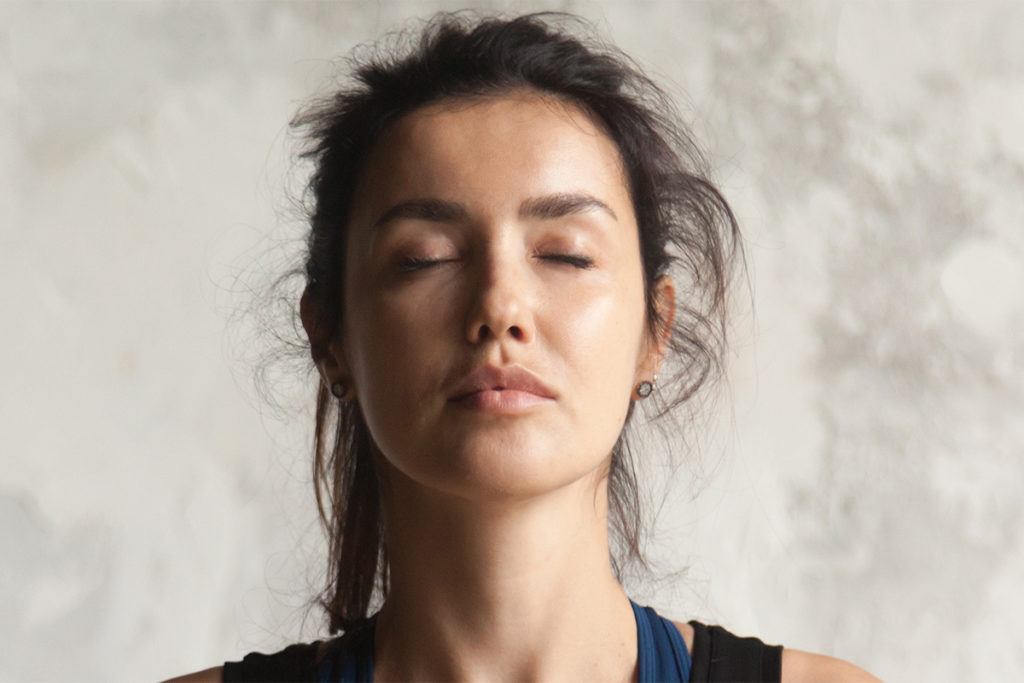Here’s to Hormones!
The endocrine system helps keep the human body humming.

When you’re designing a fitness program, you may or may not consider the endocrine system, and yet it’s a key component of wellness. A network of glands that secrete hormones to support bodily functions, the endocrine system regulates internal processes—including growth and development, metabolism, homeostasis, response to stimuli, and reproduction—via the bloodstream (Sargis 2016).
The network is like any other “well-oiled machine”—you tend not to think about it until a wrench goes flying into it, impairing one of the glands: the hypothalamus, pituitary or thyroid; the parathyroids, adrenals or reproductive glands; and the pancreas or pineal body. Take a moment to learn a little trivia about this vital system:
- The terms “endocrine” and “endocrinology” didn’t come into regular usage until the 1800s; however, the study of endocrinology in China dates as far back as 200 BC. Healers extracted sex and pituitary hormones from human urine using gypsum and saponin (Castro 2013).
- Hippocrates first diagnosed diabetes mellitus, an endocrine disorder. His technique? He tasted his patients’ urine “to detect a distinct sweetness” (D’Souza 2015).
- Organs and tissues that are not considered part of the endocrine system also produce and secrete hormones. For example, the stomach releases ghrelin, a hunger-inducing hormone, and gastrin, a hormone that stimulates gastric acid secretion (Castro 2013).
- Modern endocrinology originated in the 20th century; its scientific origin is attributed to French physiologist Claude Bernard, who observed “that complex organisms such as humans go to great lengths to preserve the constancy of . . . the ‘milieu intérieur’ (internal environment) (Utiger 2018).”
- The body makes nearly 30 different hormones (American Physiological Society 2017).
- Endocrine gland secretion “is subject to precise, intricate control,” and “its effects may be integrated with those of the nervous system and the immune system” (Utiger 2018).
References
Knudtson, M.D., Klein, R., & Klein, B.E.K. 2006. Physical activity and the 15-year cumulative incidence of age-related macular degeneration: The Beaver Dam Eye Study. British Journal of Ophthalmology, 90 (12).
Lenstore Vision Hub. 2015. 101 amazing eye facts. Accessed June 5, 2018: lenstore.co.uk/eyecare/101-amazing-eye-facts.
Read, S.A., & Collins, M.J. 2011. The short-term influence of exercise on axial length and intraocular pressure. Eye, 25 (6), 767-74.
VSP. 2018. Eyes: 15 facts you probably didn’t know about them. Accessed June 18, 2018: vsp.com/eyes.html.
Williams, P. 2013. Walking and running are associated with similar reductions in cataract risk. Medicine and Science in Sports and Exercise, 45 (6), 1089-96.
Zheng, S.J., et al. 2015. Long-term physical activity and risk of age-related cataract: A population-based prospective study of male and female cohorts. Ophthalmology, 122 (2), 274-80.
Joy Keller
Joy Keller is the director of marketing communications & PR at IDEA, and has also served as executive editor of IDEA Fitness Journal, IDEA Fitness Manager, IDEA Pilates Today, and IDEA Fit Business Success. She is also a certified personal trainer, indoor cycling instructor and yoga teacher (RYT 200).






